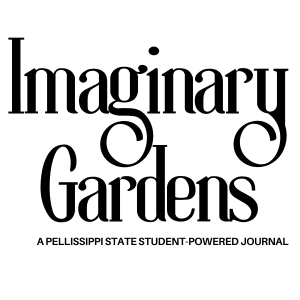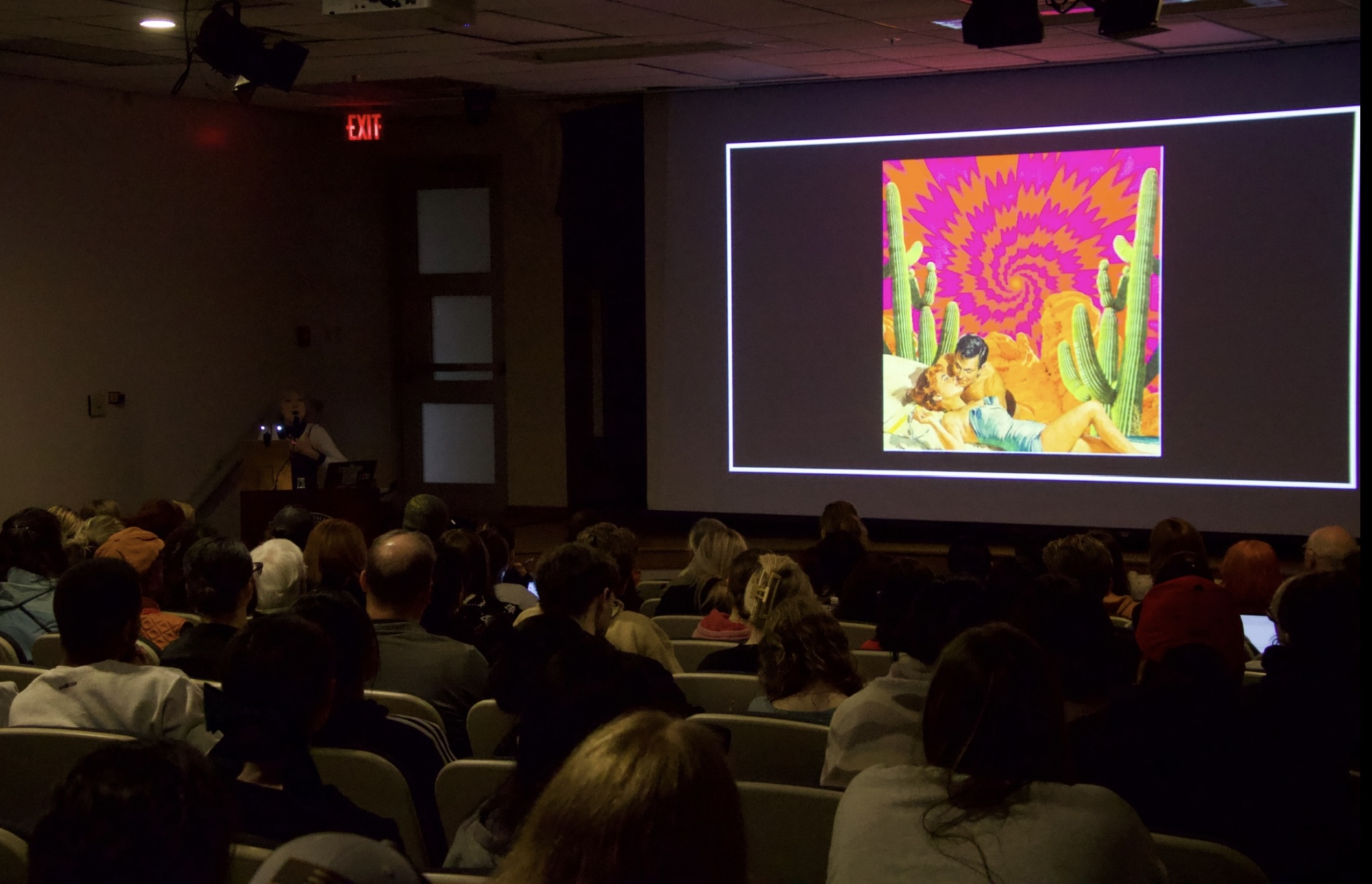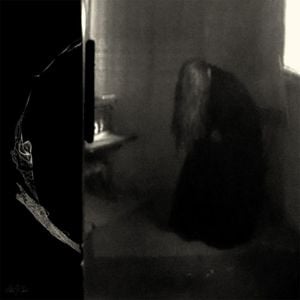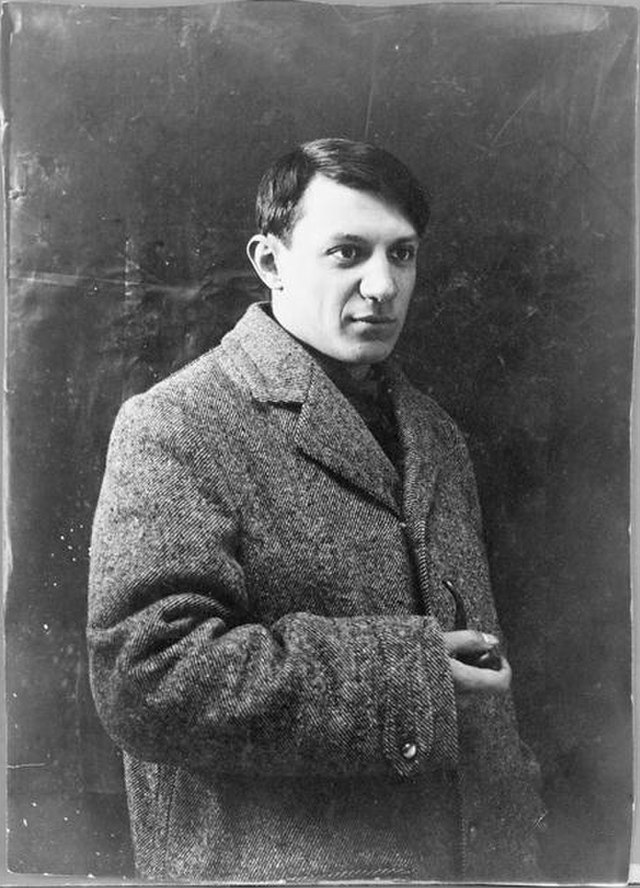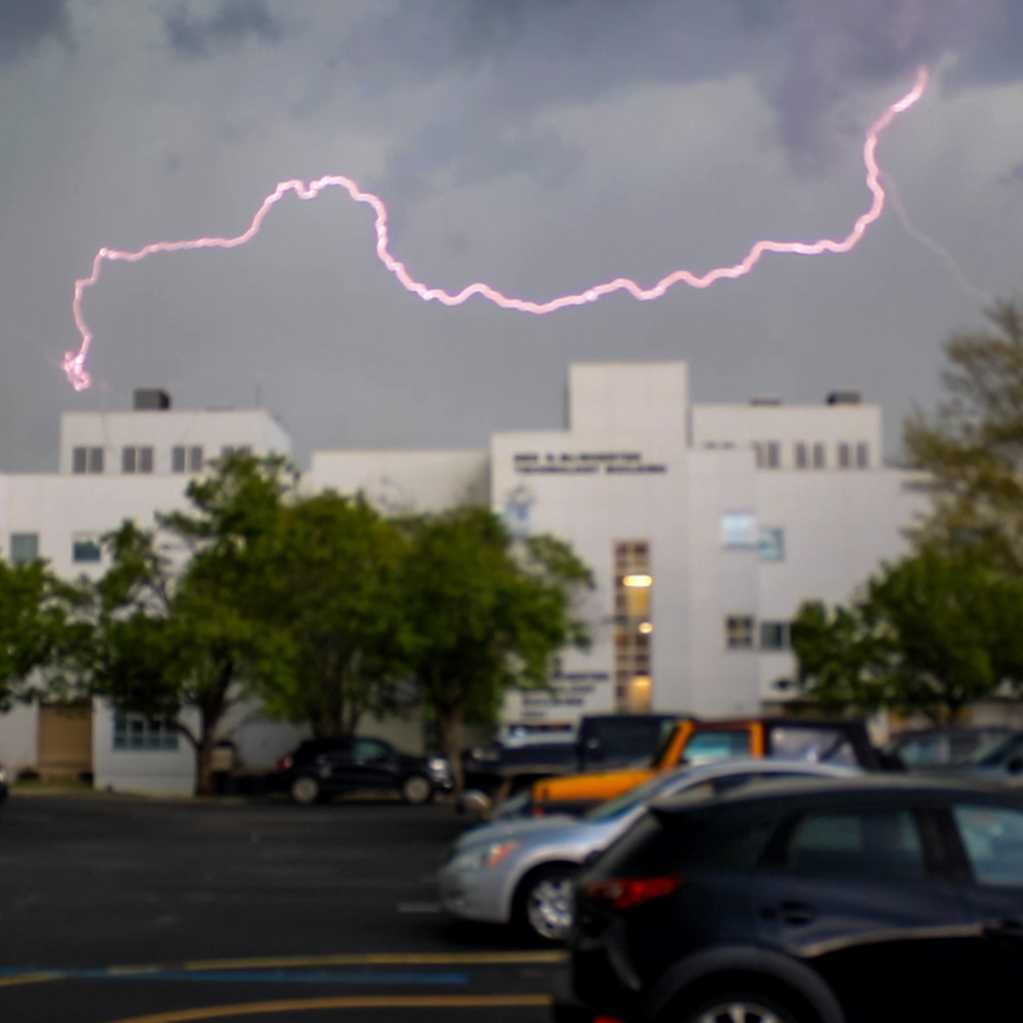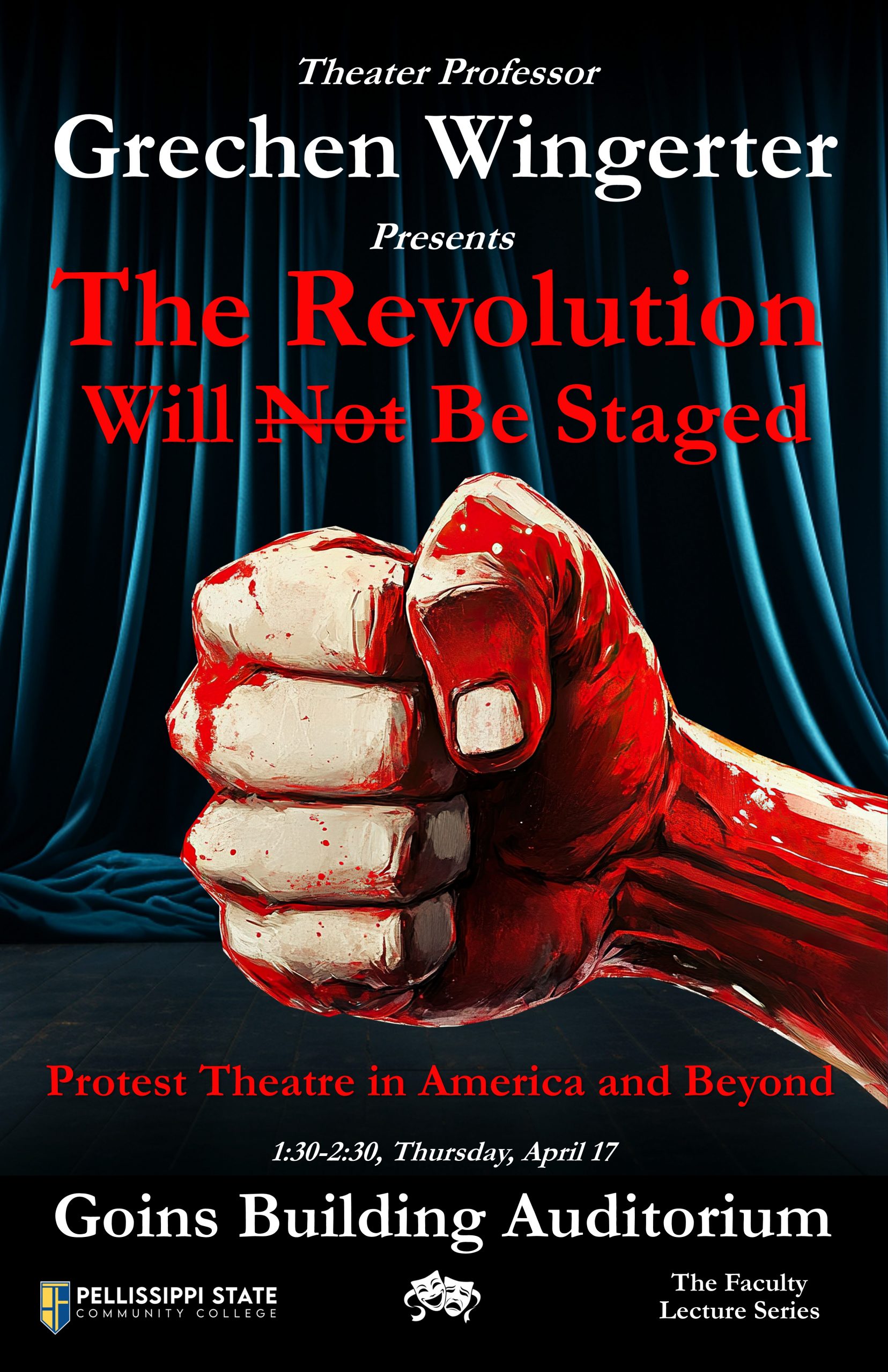By Rocket Belden, Staff Writer
In Dr. Annie Gray’s recent lecture, “Love and Its Meaning in the World: An Unsentimental Journey,” she dove into the topic of love and what it means to our modern world. Dr. Gray’s lecture is a work built on love, and it was certainly full of it. In Professor Anne Pharr’s introductory remarks, she shared that Dr. Gray “hasn’t just thought about love, she embodies it,” which was clear throughout the lecture. It not only prompted thought, but also a love-filled feeling for all who listened.
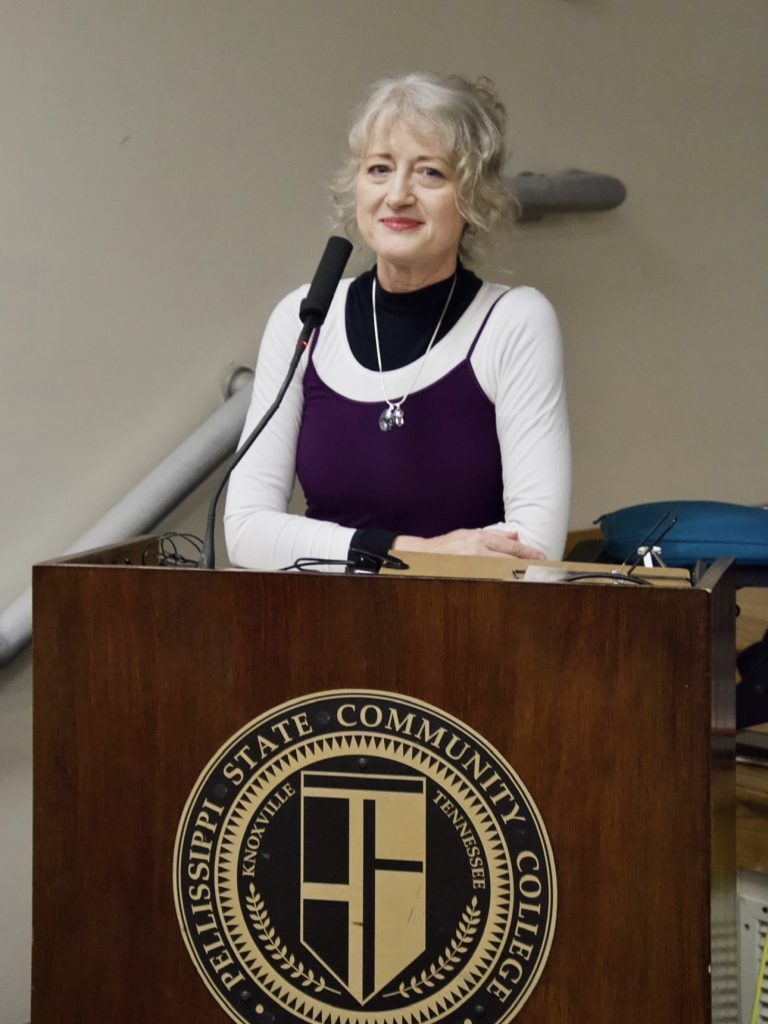
Dr. Gray began by explaining the three worlds of love: the upper world, where love originates; the middle world, the human material realm that we perceive through our senses; and the lower world, an unconscious, darker side to love. She explored each of these realms by taking the audience through history. Starting in Ancient Egypt with the mythology of Osiris and Isis, Dr. Gray explored beyond physical love and into insights on devotional love and using loss to fuel love.
Dr. Gray then moved into Ancient Indian and Mesopotamian mythology, where teachings about love were sacred and self-love was viewed as the ultimate form of love. Mesopotamian practices and mythologies concerning love expanded on Ancient Indian teachings, bringing forth the Epic of Gilgamesh, an enduring tale about love between friends.
Moving forward into the Axial Age of Confucianism, Taoism, Buddhism, and Greco-Roman ideals, Dr. Gray showed how love began to take shape in society with formal expectations of behavior. Taoism saw an emphasis on balance and love without conditions. Greek teachings made complex definitions of love, which the Greeks simplified into 8 kinds of love that are still well known today. For the Greeks, love was clearly defined, covering physical, mental, and spiritual realms. Greek thought went on to shape Christrian thought, bringing the lecture to the origins of modern romance.
In times before the Enlightenment, the courtly love tradition emerged, spreading the chivalric ideal of knights making themselves noble in order to be worthy of a woman’s devotion. These stories were spread by bards through noble courts across the European continent. Additionally, around the same era of the rise of Christianity, Dante would write of a holy kind of love, which is still represented in Christianity today.
Here, the lecture took a turn–the focus no longer on a human history of love, but our modern understanding. Dr. Gray explored Freudian and Jungian ideas of love, both of which forms of psychological understanding about how the mind gets in the way of giving and receiving love. With these new understandings, Jung defined how people should break down their unconscious ideas and desires through self-reckoning and self-care, which Dr. Gray expressed would allow love to truly prosper.
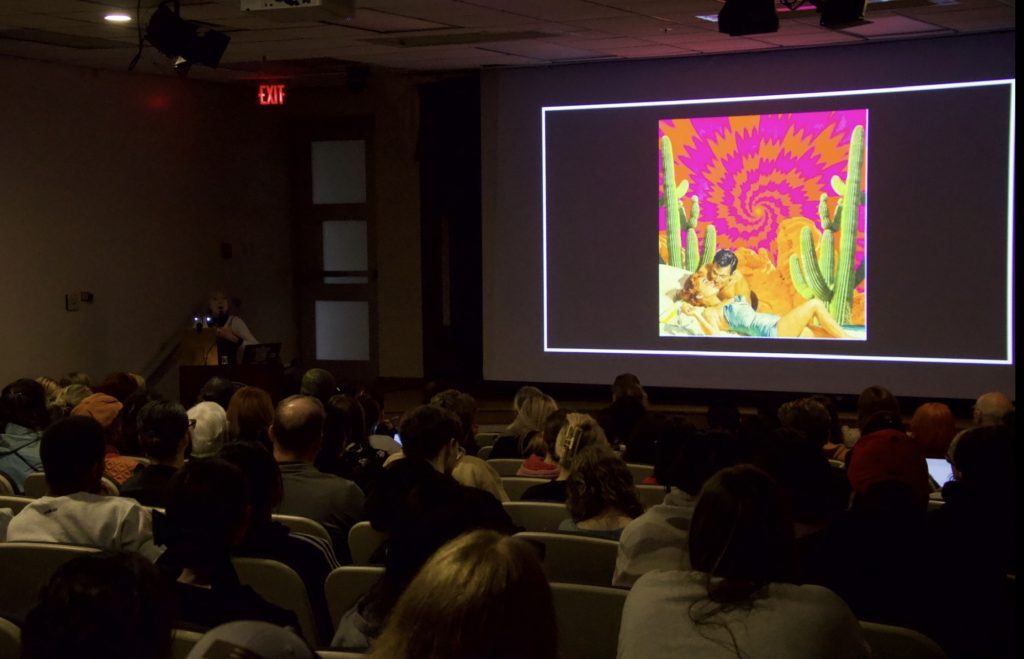
The audience was prompted to think about the differences between modern and ancient understandings. The ancients had many differing ideas, some in common and some not, but two things stand out: the spiritual side of love and a theme of death and resurrection. Healthy love demands that we kill the old to make way for the new, much like the spiritual ideology of death and resurrection, and we must practice this by cutting off our toxic loves and opening our hearts to new love. Dr. Gray argued that humanity has lost these integral parts of love over time, leaving us prone to adverse sides of love such as addiction.
In her lecture, Dr. Gray brought forth all sorts of messages surrounding how love is defined, choosing not to offer a strict definition, but instead relying on how love has been defined in the past and how it seems to change. One of these messages is a reliance on others as we move through life. “We cannot heal alone,” Dr. Gray says. To love is to lose, and to learn from that loss. People need each other as guides through life, to make each other conscious of what unconsciously stops them from properly loving.

Loss is another message that is visited frequently throughout the lecture. Isis loses Osiris, and rebuilds him into their son Horus. Gilgamesh loses Enkidu, and moves on with a knowledge of humanity and its love that allows him to become a benevolent ruler. The mortal body of Christ is crucified. Persephone spends half the year in the Underworld. Religious mythologies repeatedly feature the loss of great figures, leaving those around them to rebuild and recover.
Dr. Gray makes a direct comparison between loss and love. To love, you will eventually lose. You may even come out the other side with more, like Isis with Horus, or Gilgamesh with his kingdom. Ultimately though, she proposes the death of the self, a powerful metaphor that she expertly used to convey the journey one must go through to discover their capability to love.
Another message Dr. Gray shares is the loss of love humanity has experienced as modern love developed. The ancients put a large emphasis on spirituality in their definition of love, which Dr. Gray claims has been lost over time. Additionally, humanity lost its empathy as the digital age emerged; access to instant gratification and communication through phones drains empathy day by day. Dr. Gray points out that with modern technology, people tend to offload thoughts and feelings onto others as quickly as they come, negatively impacting our relationships not only with others, but also with ourselves. Just as spirituality has been lost, so has the notion of being kind to each other. The modern age prioritizes progress over love, which has led to love losing the power it has had for centuries.
To embrace love, to learn to give and receive it, Dr. Gray proposes a few things. We must step back from our phones. We must embrace others. We must embrace the pain that naturally comes with. These steps may not be easy, but they are necessary. Overall, Dr. Gray’s lecture beautifully illustrated a map of where love has been, leaving it up to the audience to decide where love is going. In her own words, she does not provide answers about how to love, but rather “observe[s] it from multiple angles.” It was a thorough and thought provoking observation of love, leaving the audience with a sense of hope for the future of love.
Next month’s Faculty Lecture will feature Professor Rus Harper discussing the history of punk rock, with a live performance by The Knoxville Freaks.
March 12 at 1:30 in the CPAC
